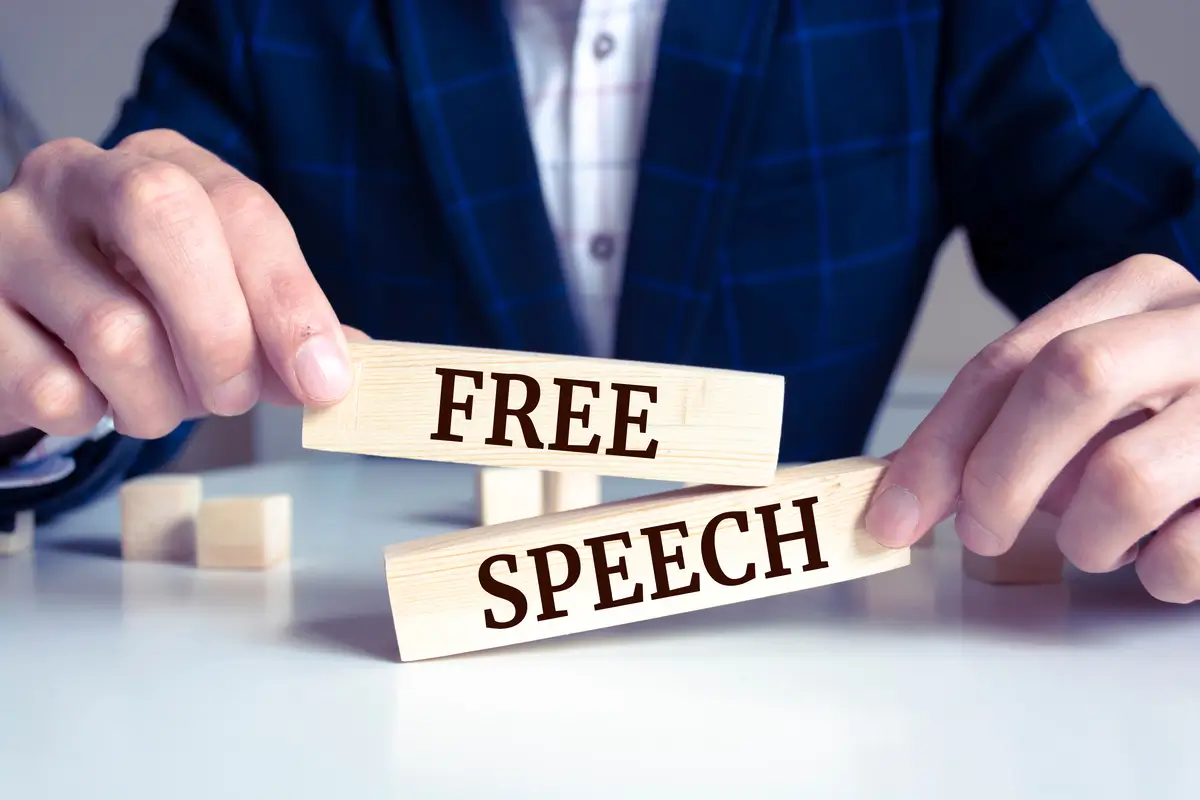Few freedoms define democracy like the right to free speech.
It allows us to challenge injustice, exchange ideas, and hold the powerful accountable.
But what happens when words no longer inform — they inflame?
When expression stops being debate and becomes damage?
That’s where hate speech laws come in.
1. Free Speech: The Foundation of Expression
In most democratic nations, free speech is protected because it safeguards all other rights.
The U.S. First Amendment, Article 10 of the European Convention on Human Rights, and the U.N. Declaration of Human Rights all enshrine the idea that speech must be free — even when it offends.
But no right is absolute. Every democracy limits speech when it endangers others.
2. What the Law Says About Hate Speech
Hate speech generally refers to words, behaviour, or communication that incites violence, hatred, or discrimination against individuals or groups based on attributes like race, religion, ethnicity, gender, or sexuality.
Different countries define and handle it differently:
United States:
The First Amendment protects almost all speech — even hate speech — unless it involves “imminent lawless action.”
Landmark case: Brandenburg v. Ohio (1969), where the U.S. Supreme Court ruled that hateful speech is protected unless it directly incites violence.United Kingdom:
Under the Public Order Act 1986, it’s a criminal offence to stir up hatred on racial, religious, or sexual orientation grounds.
The law balances Article 10 (freedom of expression) with Article 14 (protection from discrimination).Canada:
Section 319 of the Criminal Code criminalises the public incitement of hatred against identifiable groups.
Canada views hate speech as an assault on equality and public safety.Germany:
Hate speech laws are among the strictest.
Denying the Holocaust or displaying Nazi symbols is illegal under Section 130 of the Criminal Code, to protect human dignity and prevent the resurgence of extremism.
3. Why the Distinction Matters
Hate speech doesn’t just offend — it can endanger lives.
History shows that genocides, terrorism, and mass violence often begin with dehumanising language.
That’s why the law treats hate speech as a catalyst for harm, not merely opinion.
At the same time, critics warn that overly broad hate speech laws risk silencing dissent or unpopular opinions.
The legal challenge is to strike a balance between protection and pluralism.
4. The Online Dimension
In the social media age, hate speech spreads faster and wider than ever.
Platforms like X (formerly Twitter), Facebook, and YouTube are now legally required in several jurisdictions — including the EU — to remove hate content under laws such as the Digital Services Act.
Failure to act can result in massive fines.
But these same platforms face criticism for inconsistency — taking down political or cultural content under the guise of “hate speech,” while letting genuine incitement slip through.
5. Finding the Balance: Your Rights and Responsibilities
Free speech protects your right to express — not to endanger.
The safest rule:
Challenge ideas, not identities.
Debate views, not existence.
The goal of hate speech laws isn’t censorship — it’s coexistence.
It’s about ensuring that one person’s freedom doesn’t erase another’s dignity.
Conclusion
The line between free speech and hate speech isn’t just a legal one — it’s moral, social, and deeply human.
Speech remains free when it fosters understanding; it becomes hate when it destroys it.
Lexdot simplifies connecting with legal professionals across borders for flexible and on-demand legal services.

